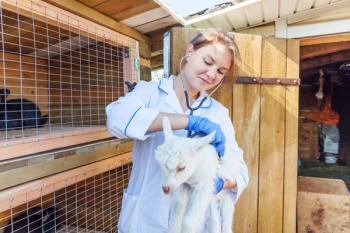
Ramifications of the Australian mouse plague
In a dvm360® interview, Phil Tucak, BSc, BVMS, details the negative impacts of rodenticides on Australian birdlife, plus the solution to this epidemic.
In an interview with dvm360®, Phil Tucak, BSc, BVMS, explained the mouse plague in Australia and how second-generation rodenticides are endangering the native birds. He later revealed that education campaigns are being launched to urge the community to use less harmful first-generation rodenticides.
View the video below for the entire discussion. The following is a partial transcript:
Phil Tucak, BSc, BVMS: The thing that's been impacting native wildlife and specifically birds such as raptors or owls and other sorts of species that eat mice, is that when poisons are being used to try and control these mice in terms of the plague, but then when...these mice that have been poisoned are then eaten by native animals such as the owls and raptors, they are very sensitive to these rodenticides...they're a type of rodenticide that's referred to as a second-generation rodenticide.
Newsletter
From exam room tips to practice management insights, get trusted veterinary news delivered straight to your inbox—subscribe to dvm360.




